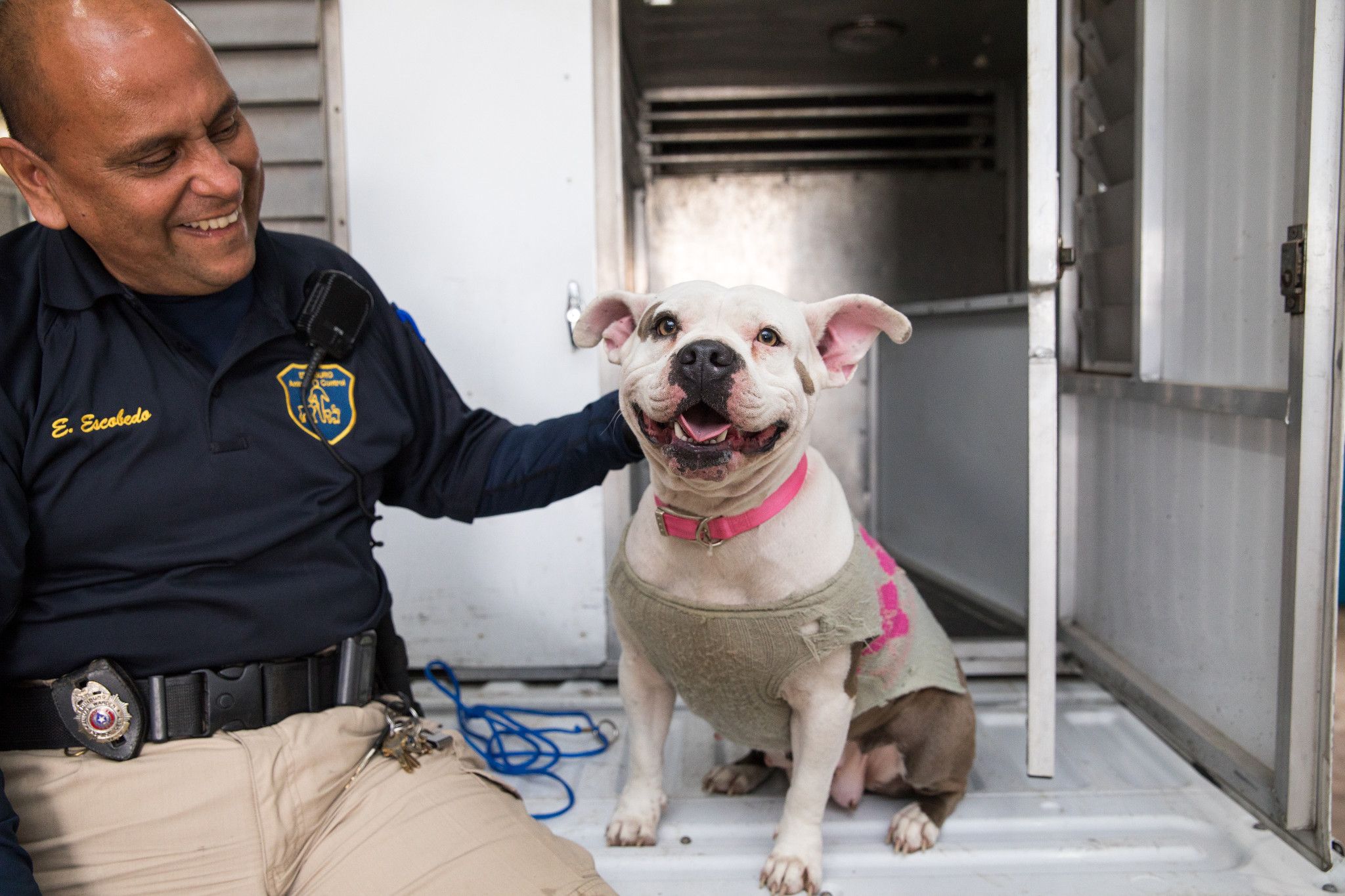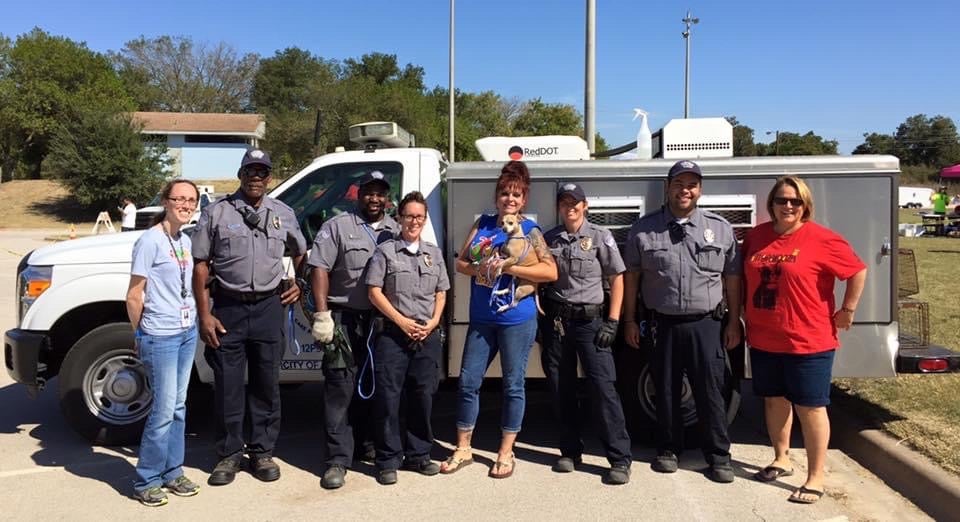
Field Return to Home: Keep Pets Home Where They Belong – A Lifesaving Strategy
July 31, 2024
One of the earliest lessons in my animal services career was the crucial role animal control plays in keeping dogs and cats in their homes. Best practices now include Animal Control Officers returning pets directly to home using information on tags or microchips. It’s a win-win-win. Keeping pets in their homes reserves precious shelter space for pets in need of emergency sheltering. It saves families time, heartache, and the cost of fines that many cannot afford. And it saves stress on the pet who may do very poorly in the animal shelter.
I firmly believe implementing this strategy can play a large part in the overall goal of animal services departments fulfilling their resource roles as in their communities. This tactic also works in tandem with No-Kill 2025.
How Does it Work?
Field Return to Home (and accompanying playbook,) refers to ACOs returning pets to their homes in the field rather than automatically impounding them at the shelter. Officers carry a microchip scanner, check for information on any collar and tags hopefully on the animal, and then reach out by phone or by knocking on doors using any information obtained. This information comes in the form of phone numbers, addresses, and microchip numbers. They talk to neighbors too and sometimes even corral dogs back into their yards, shutting gates or alerting the owners that their dog was out of their yard or home. It is a great opportunity to build trust and relationships rather than alienate people who might need information or assistance to be more compliant and part of solutions regarding their pet.
An Important Piece
Keeping microchip and collar/tag information up to date is key, so offering free or low-cost chipping and identification tags in your communities is a hand in hand service here.

Hammond with her ’Return to Home’ Animal Welfare Team
This Program Would Have Helped When I Started in Animal Services
After spending 25 years in public service in a different field, I entered animal services in a county municipality where the animal shelter and animal control departments were separate. Each had different missions, goals, strategic plans, and performance metrics. Animal control was focused on enforcement and punishment, whereas the animal shelter was focused on lifesaving and keeping families together. Despite both teams loving animals, their differing performance metrics and definitions of success created significant barriers. Implementing this program there from the start would have helped bridge that gap.
A Unified Approach in a New City and State
Fast forward several years to my tenure in a city and county where animal control and the animal shelter operated under the same department and director. This unified approach made a world of difference. Performance metrics were the same, and animal control focused not only on enforcement but also on keeping animals out of the shelter and with their families.
Daily operations with this organization centered on a shared mission of doing what was best for pets and their people. Overzealous enforcement was recognized as counterproductive, and team morale improved significantly in a collaborative environment with a common mission.
When healthy, cared-for pets were reunited in the field, it saved precious fiscal resources, preserving kennel space for pets in need. Animal control officers prided themselves on their ability to solve problems in the field, which in turn supported the animal shelter staff working hard to keep pets moving toward lifesaving outcomes.
Moving Forward
My advice to any shelter or municipal leadership is to organize your animal-related departments under one person operating from one strategic plan that focuses on public safety, lifesaving, and excellent service to your community. A unified department with a shared mission can effectively balance enforcement with compassion, ensuring the best outcomes for both animals and their families. Collaboration and alignment are the keys to preventing overcrowded shelters and keeping families together more effectively, efficiently and humanely.

Tawny Hammond
Director of No Kill Advancement
Best Friends Animal Society
If you enjoyed this editorial, you can find our complete catalog of editorials here.